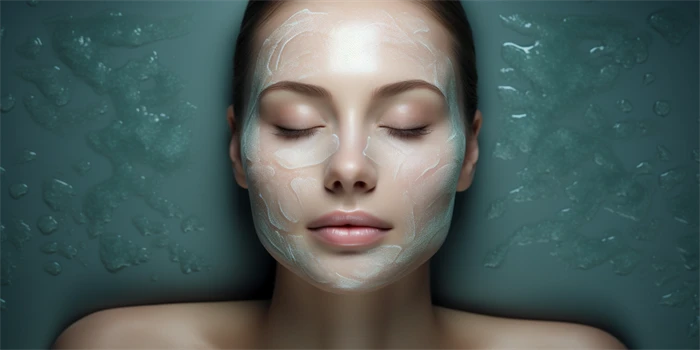
The Journey of Asian Rhinoplasty in Austin: Understanding the Recovery Process
As the cultural landscape in Austin continues to evolve, the demand for specialized cosmetic procedures, such as Asian rhinoplasty, has been on the rise. This delicate surgery, designed to enhance the natural features of individuals with Asian heritage, has become increasingly popular among residents seeking to achieve their desired facial aesthetic. In this article, we will explore the recovery process associated with Asian rhinoplasty in Austin, addressing the common concerns and expectations that patients may have.
The duration of post-operative pain can vary significantly from individual to individual, depending on various factors such as the complexity of the procedure, the surgeon's technique, and the patient's unique healing response. Generally, the majority of patients undergoing Asian rhinoplasty in Austin can expect to experience some degree of discomfort during the initial days following the surgery.
In the immediate aftermath, patients may experience a sensation of tightness, swelling, and mild to moderate pain around the nose and surrounding areas. This is a natural response as the body begins the healing process. The good news is that this discomfort is typically well-managed with prescribed pain medication and typically subsides within the first week to ten days.
Factors Influencing the Recovery Process
Several factors can influence the recovery timeline and the duration of pain experienced by patients undergoing Asian rhinoplasty in Austin. These include:
1. Surgical Technique: The specific surgical approach employed by the surgeon can impact the level of trauma to the nasal tissues, which in turn affects the pain and swelling experienced during recovery.
2. Individual Healing Ability: Every person's body heals at a different rate, and some individuals may experience a more prolonged recovery period compared to others, even with the same surgical technique.
3. Pain Tolerance: Patients with higher pain thresholds may report less discomfort during the recovery process compared to those with lower pain tolerance levels.
4. Compliance with Post-operative Instructions: Adhering to the surgeon's recommendations for rest, medication, and other aftercare instructions can significantly contribute to a smoother and more efficient healing process.
Managing Pain and Discomfort
To help patients navigate the recovery process and minimize discomfort, experienced Asian rhinoplasty surgeons in Austin often provide comprehensive post-operative care instructions and pain management strategies. This may include:
1. Prescription Pain Medication: The surgeon may prescribe pain relievers, such as acetaminophen or ibuprofen, to help manage the initial discomfort.
2. Cold Compresses: Applying cold compresses to the nose and surrounding areas can help reduce swelling and alleviate pain.
3. Gentle Facial Exercises: Performing light, gentle facial exercises as recommended by the surgeon can aid in the recovery process and promote proper healing.
4. Follow-up Appointments: Regular follow-up visits with the surgeon allow for monitoring of the patient's progress and the implementation of any necessary adjustments to the recovery plan.
FAQ
1. **How long does the pain typically last after Asian rhinoplasty in Austin?**
The duration of post-operative pain can vary, but most patients experience the majority of discomfort within the first week to ten days following the surgery. With proper pain management and adherence to aftercare instructions, the pain should gradually subside.
2. **Are the surgeons in Austin experienced in performing Asian rhinoplasty?**
It is essential to select a board-certified plastic surgeon who has extensive experience and specialized training in performing Asian rhinoplasty. Many reputable surgeons in the Austin area have dedicated themselves to mastering this delicate procedure and understanding the unique aesthetic goals of their Asian patients.
3. **What are the qualifications and specialties of the surgeons performing Asian rhinoplasty in Austin?**
Look for surgeons who are board-certified in plastic surgery or otolaryngology (ear, nose, and throat) and have a proven track record of successful Asian rhinoplasty procedures. Inquire about their specialized training, the number of Asian rhinoplasty surgeries they have performed, and their approach to achieving natural-looking results that enhance the patient's unique features.
4. **How can I ensure a smooth recovery and minimize pain after my Asian rhinoplasty in Austin?**
Closely follow the surgeon's post-operative instructions, including taking prescribed medications, applying cold compresses, and engaging in gentle facial exercises. Maintain open communication with your surgeon and attend all scheduled follow-up appointments to address any concerns and ensure optimal healing.
By understanding the recovery process, selecting an experienced and qualified surgeon, and diligently following the post-operative care plan, patients in Austin can navigate their Asian rhinoplasty journey with confidence and achieve their desired aesthetic goals with minimal discomfort.

